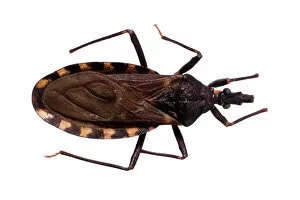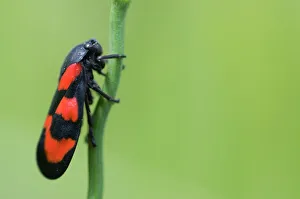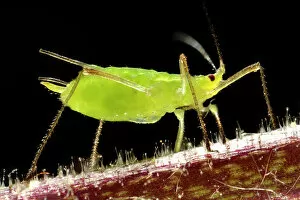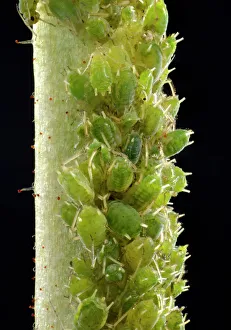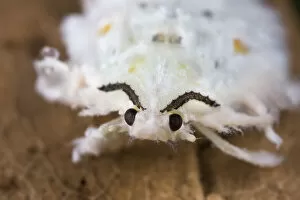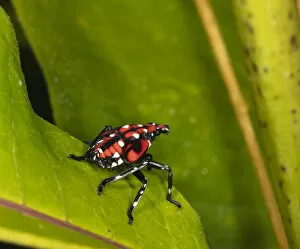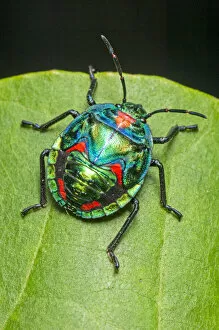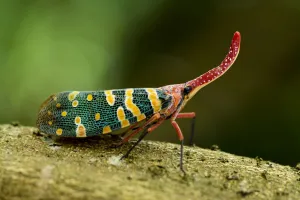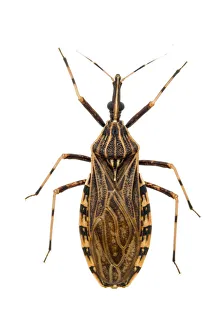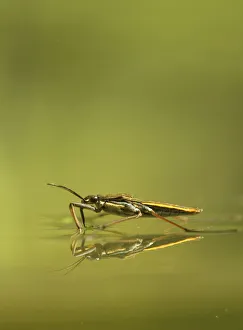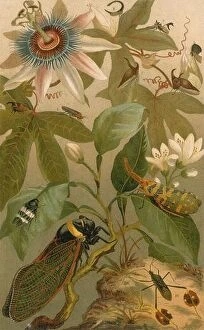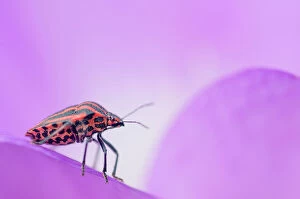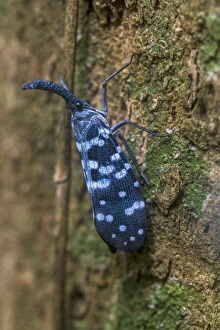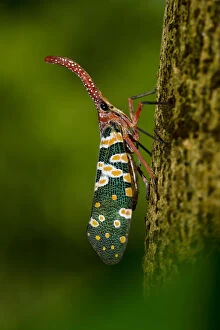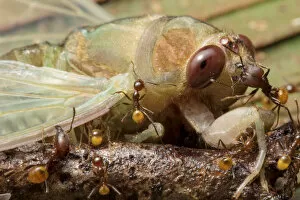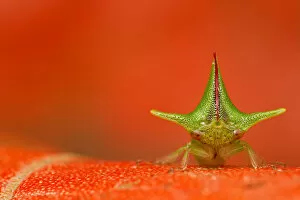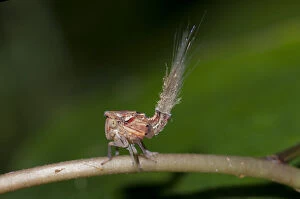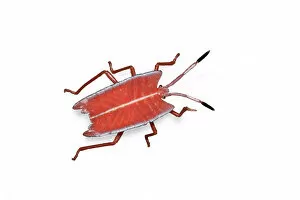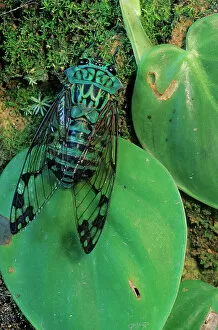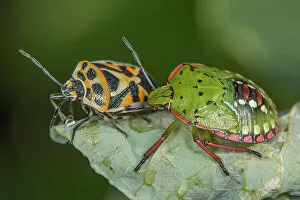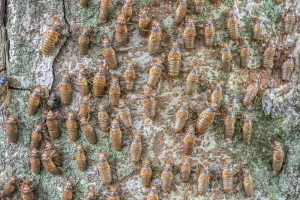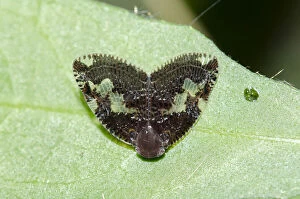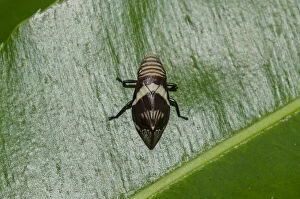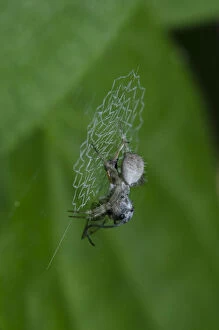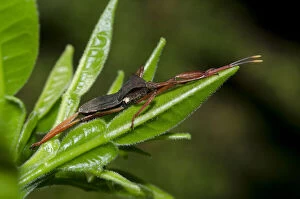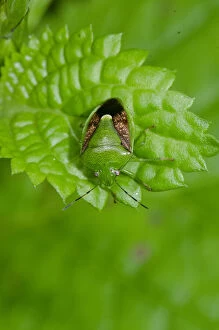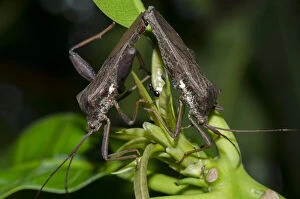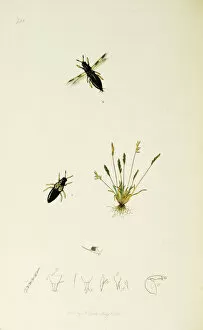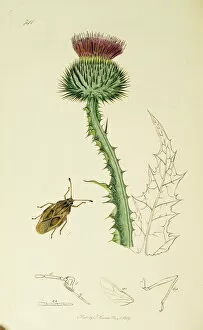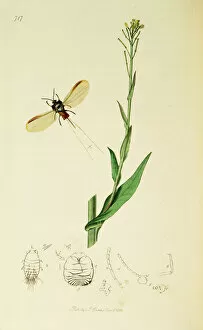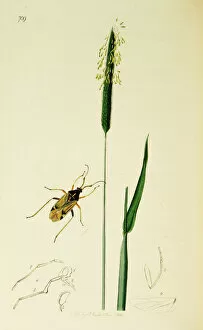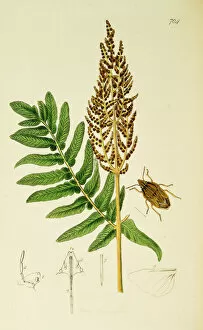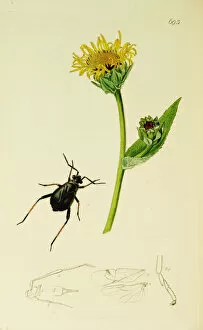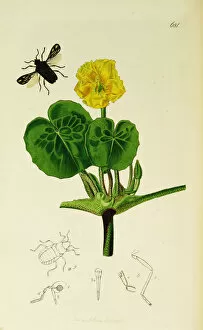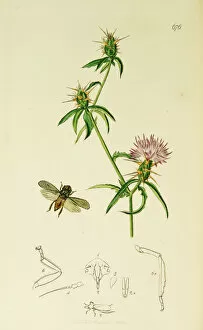Hemiptera Collection
Hemiptera, also known as true bugs, is a diverse order of insects that includes some notorious pests and fascinating species
All Professionally Made to Order for Quick Shipping
Hemiptera, also known as true bugs, is a diverse order of insects that includes some notorious pests and fascinating species. One such pest is the Cimex lectularius, commonly known as the bed bug. These tiny blood-sucking insects have plagued humans for centuries, infesting our beds and causing itchy bites. Another infamous member of the Triatoma infestans, or kissing bug. Despite its innocent name, this insect can transmit Chagas disease to humans through its bite. This disease affects millions in South America and can lead to serious health complications if left untreated. On a more colorful note, we have the black and red froghopper (Cercopis vulnerata) perched on a plant stem in Liechtenstein. Its vibrant colors make it stand out against the green backdrop of nature's canvas. In Baden-Wurttemberg, Germany, an adult pea aphid (Acyrthosiphon pisum) captures attention with its macro shot image. While beautiful up close, these little creatures are considered pests due to their ability to damage crops. The Fulgora laternaria showcases one of Hemiptera's most peculiar appearances - resembling a peanut head bug. Found in tropical regions like Central and South America, this insect has evolved unique adaptations over time. Moving back to Baden-Wurttemberg in Germany again brings us colonies of small permanent currant aphids (Aphidula schneideri). These pests may be small individually but can cause significant damage when they gather en masse on plants. Venturing into Borneo's Danum Valley reveals a flatid planthopper nymph from the Flatidae family. With its striking appearance and intricate patterns on its wingspan-like body structure, this nymph exemplifies nature's artistry at work.


